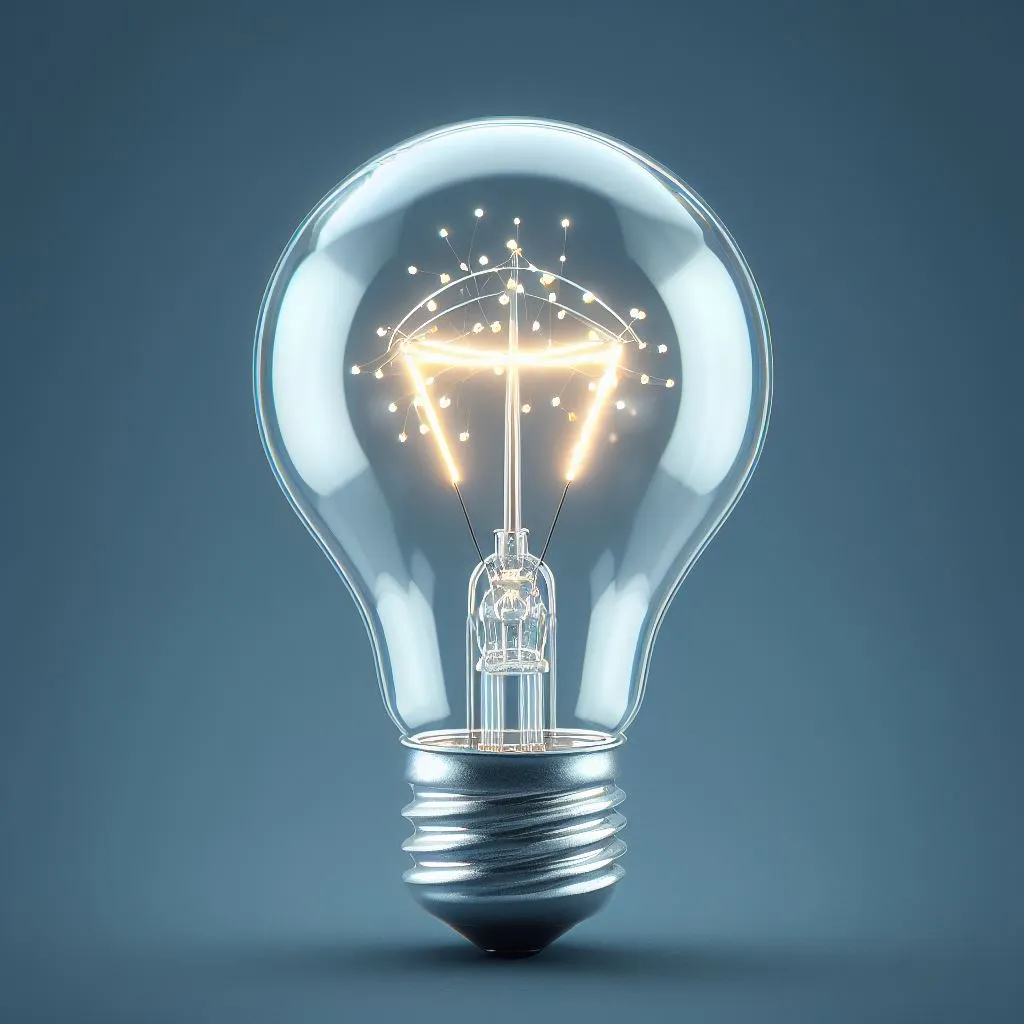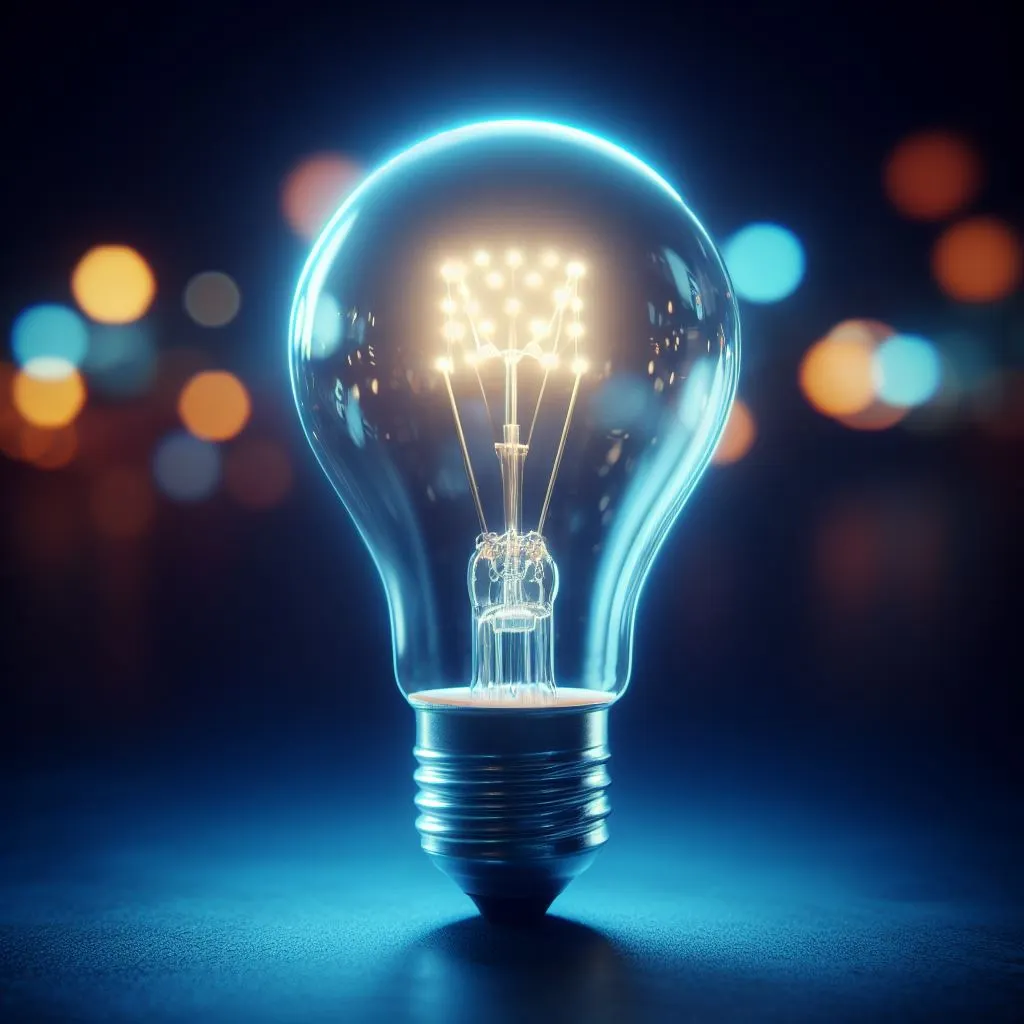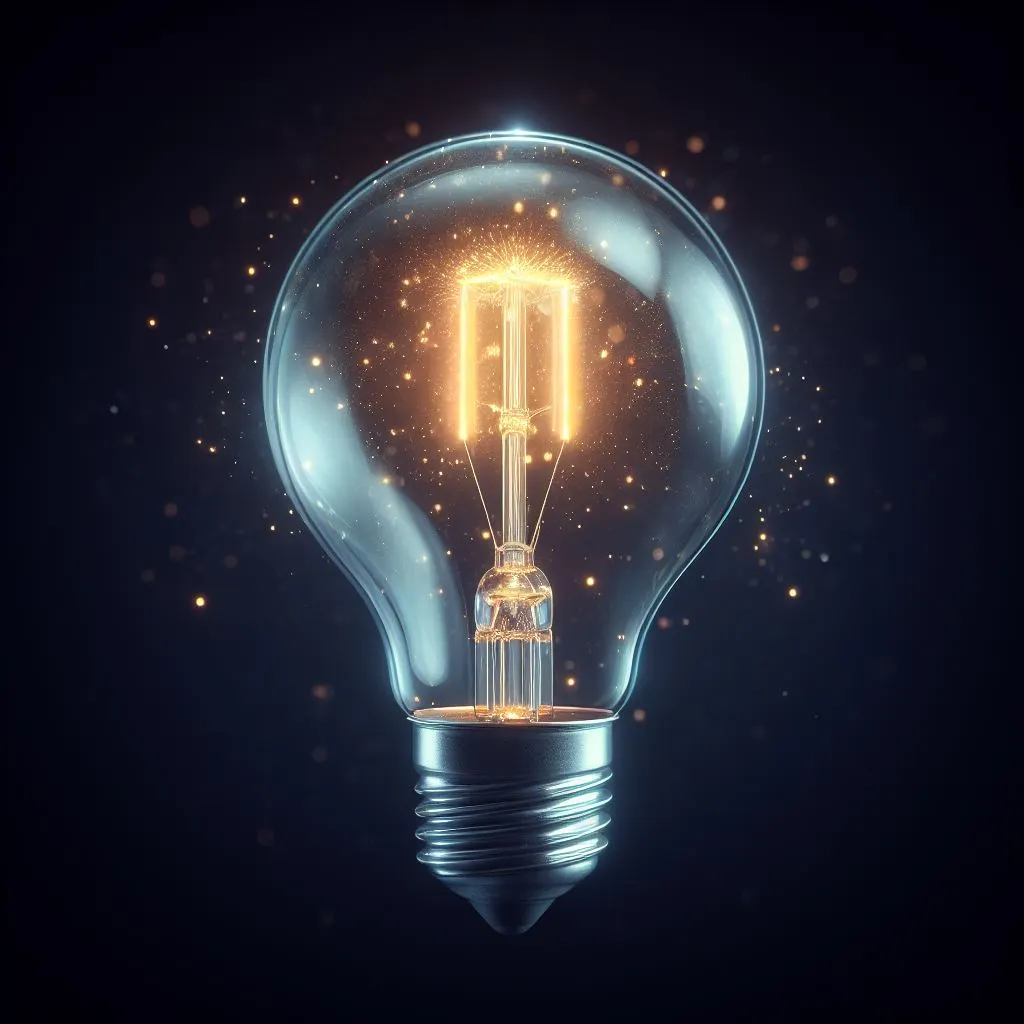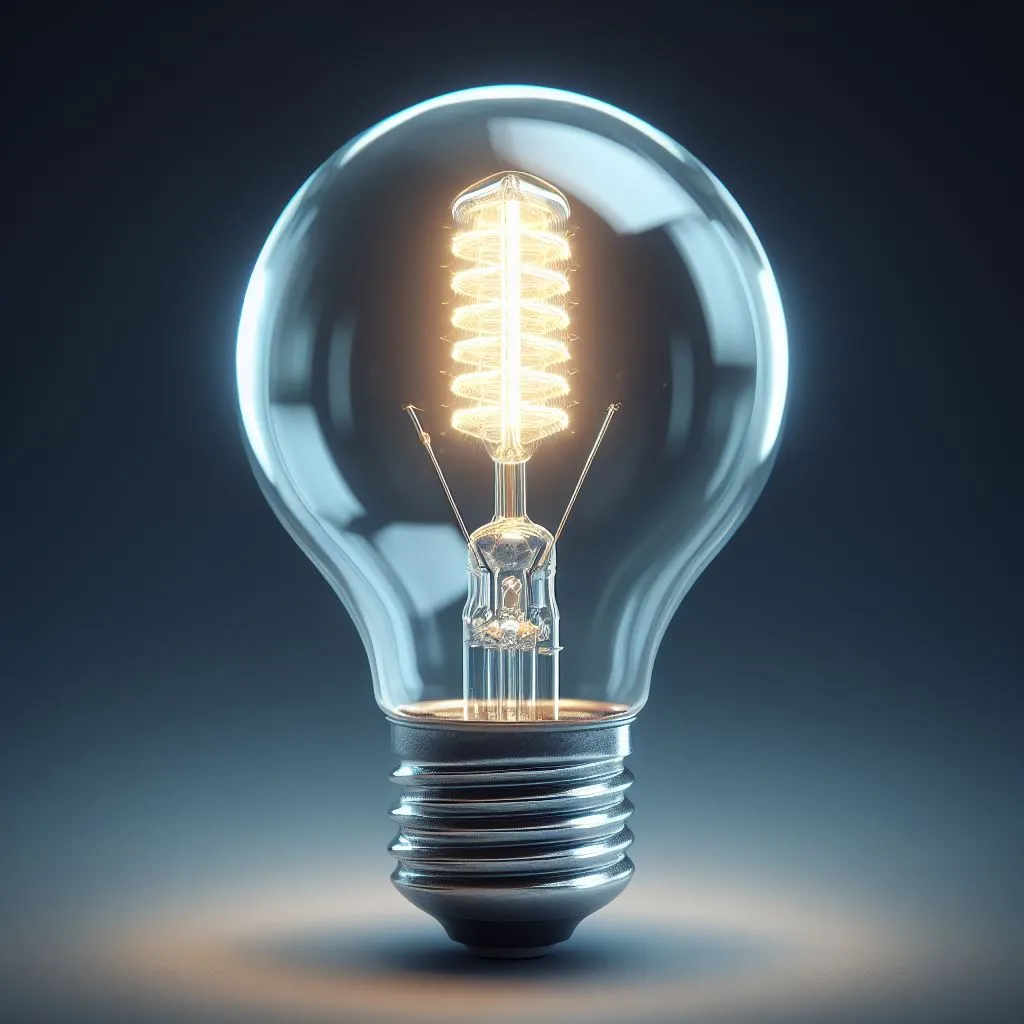Guide to Understanding Burning Out
LED lights have become famous for home or business lighting, as they are designed to last for extended periods, providing efficient and bright illumination.
To make sure you get the most out of your LED lights, it is essential to understand why they burn out and how to prolong their lifespan.
In this guide, we’ll discuss the history of LED lights, why they burn out, the common uses of LED light bulbs, best practices for installing, common problems, energy efficiency, and the benefits of LED lights.
History of LED Lights
LED lights, or light-emitting diode lights, were first developed in 1907 but became widely used in the 1960s when they began to be used as indicators on electronic devices.
By the early 1980s, LED lights had become widely adopted in many applications, from replacing traditional incandescent and fluorescent lighting to powering traffic signals. Today, LED lights are considered one of the most efficient and cost-effective solutions.
Can LED lights Burn Out
Led lights can burn out for various reasons, including overheating, power surges, and prolonged usage. Overheating can cause the LED driver to fail, reducing the bulb’s lifespan.
Power surges can also lead to the LED driver failing, resulting in the bulb burning out. Additionally, if an LED bulb is left on for too long, it can cause the bulb to burn out.
To avoid burning out your LED bulbs, it is essential to follow the manufacturer’s instructions and regularly check for signs of failure.
Signs that a bulb is about to fail include flickering, dimming, and buzzing. If you notice any of these signs, replacing the LED bulb as soon as possible is essential to avoid further damage.
Read Also: Do LED Bulbs Leave an Unappealing Odor?
Best Practices for Installing LED Lights
Installing LED lights can often be intimidating, but with proper guidance, it can be pretty straightforward. It’s essential to think carefully about the placement and installation of LED lights to ensure they last as long as possible and shine as brightly as intended. Here are some best practices to keep in mind:
- Please choose the proper wattage: Choosing an LED light that is the correct wattage for the application is essential. Too much wattage could lead to overheating and a potential for burning out.
- Clean the area: Before you install your LED lights, be sure to clean the area of any dust, dirt, or debris that could interfere with the lights.
- Ensure proper ventilation: Install LED lights in a well-ventilated area so that heat does not build up and cause damage over time.
- Offer protection from the elements: Install LED lights in a sheltered environment to protect them from elements like wind and rain.
- Conduct regular maintenance: Taking extra special care of your LED lights by regularly cleaning them and inspecting them for any signs of burning out can help extend their lifespan.
Installing LED lights correctly is just one part of ensuring they last as long as possible. Regular maintenance is essential to maximize LED lights’ lifespan and check for potential issues that could lead to burning out.
Common Problems with LED Light Bulbs
LED light bulbs have many benefits but can also come with a few potential problems. These issues can arise due to their potential to burn out. Here are some common problems that can occur:
- Flickering lights – If the bulb is blinking, it could be a sign that it is beginning to fail.
- Buzzing sounds from the bulb – A buzzing sound could be an indication of an electrical current overload.
- Inconsistent lighting – If the light emitted by the bulb is uneven, this could be a sign of poor quality or a faulty component.
- Shorter lifespan – LED lights are supposed to have a longer lifespan than other light bulbs, but if they burn out faster than expected, this could be a sign of a problem.
Paying attention to any signs that a bulb is failing is essential, as replacing it promptly can help reduce the risk of falling victim to more serious electrical problems.
Read Also: Busting the Myth: Can LED Bulbs Explode?
Energy Efficiency of LED Light Bulbs
LED light bulbs use up to 90% less energy than traditional lighting options, making them the most energy-efficient choice on the market.
This means you can save money on your electricity bills and help reduce your carbon footprint. Furthermore, unlike many other types of light bulbs, LED lights don’t contain any hazardous materials, such as mercury.
But how does LED energy efficiency impact the lifespan of these bulbs? LED light bulbs are designed to last much longer than other lighting sources, with many LEDs having an average life expectancy of around 50,000 hours.
This is much longer than different types of bulbs, such as halogen bulbs, which only have a lifespan of about 1,000 to 2,000 hours. As such, the energy efficiency of LED lights can help to ensure that these bulbs don’t burn out prematurely.
The energy efficiency of LED bulbs can also be used to help reduce waste. You can avoid replacing bulbs by using LED lights, meaning less waste goes into landfills continuously.
Additionally, LED lights don’t produce as much heat as other bulbs, which can result in fewer fires caused by overheating.
Read Also: Glowing Reviews: 15 Best Light Bulbs For Exposed Fixtures
Benefits of LED Lights
LED lights have many benefits over other light bulbs, including increased energy efficiency and long lifespans. LED bulbs provide excellent lighting quality and are often the most cost-effective option for various purposes.
Selecting the correct type of LED bulb is essential for achieving optimal results. Below are just a few of the many advantages of LED lights.
- Energy Efficiency: LEDs typically use up to 90% less energy than traditional light bulbs, making them the most energy-efficient lighting solution.
- Long Lifespan: LED bulbs usually have lifespans of 25,000 to 50,000 hours, meaning they can last for decades with proper maintenance.
- Durability: LEDs are highly durable and resistant to shock, vibration, and extreme temperatures.
- Wide Range of Colors: LED bulbs are available in various colors, making them ideal for decorative lighting.
- Instant Illumination: Unlike fluorescent or halogen bulbs, LED lights are instantaneously illuminated when turned on.
When selecting an LED light bulb, there are several factors to consider. It would help if you thought about the lumens or brightness that the bulb produces and the wattage rating.
The wattage rating indicates how much electricity the bulb uses. Additionally, it would help if you thought about the bulb’s color temperature, which is measured in Kelvin (K). Color temperature is critical because it affects the appearance of the light.
LED lights may be more expensive than traditional bulbs, but provide superior performance and energy savings over time. With proper research and maintenance, you can ensure your LED lights’ optimal lifespan and performance.
The conclusion of this guide is to emphasize the importance of understanding the potential for LED lights to burn out and the various factors that can influence it.
LED lights are a highly energy-efficient light source with a multitude of applications. By following best practices when installing and maintaining them, you can ensure they work for many years.
When using LED light bulbs, check for any joint problems, such as incorrect settings. Additionally, compare the energy efficiency of different bulbs before purchasing to get the most cost-effective option. With this knowledge, you can decide when to select LED lights for your space.
Read Also: Discover What Is Light Output Ratio & Why It Matters
Researching and understanding LED lights will enable you to make the most out of them while minimizing their vulnerability to burning out. To find out more about LED lights, additional resources are available online.
Adding images to the guide is critical to ensure the information is accessible and easier to understand. Pictures help illustrate key points and bring visual interest to the piece.
Appropriate images that relate to the topic and support the guide’s objectives should be selected. Exciting and relevant ideas can also break up the text and make the guide easier to read.
Whenever possible, royalty-free images should be used to avoid any copyright issues. By including appearances in the direction, readers may find it easier to comprehend the content.
FAQs About LED Lights Burning Out
What are LED lights?
LED lights (Light Emitting Diodes) are lightbulbs that produce light by moving electrons in a semiconductor material. This makes them very energy-efficient and long-lasting.
How do I know if my LED lights are about to burn out?
You can spot when LED lights are on their way to burning out by checking for flickering, dimming, or color changes in the morning.
What applications can LED light bulbs be used for?
LED lights can be used for various purposes, including commercial, home, car, flashlights, and holiday decorations.
What tasks should I perform when installing LED lights?
When installing LED lights, check the connection points, ensure the power source is correct, and establish a surge protector if needed.
What common issues can arise with LED bulbs?
Common issues with LED bulbs include bad installation, overheating, faulty wiring, and too much voltage.
How energy-efficient are LED bulbs compared to other types of lights?
LED bulbs are more energy-efficient than other types of lights, such as halogen or incandescent bulbs. They require less energy to create the same amount of light and will last longer.
What are the primary benefits of using LED light bulbs?
LED light bulbs use less energy to produce light, reducing energy costs and helping to protect the environment. Additionally, they provide better color rendering and are more durable than other bulbs.





3 thoughts on “Can LED lights Burn Out? Find out Here!”